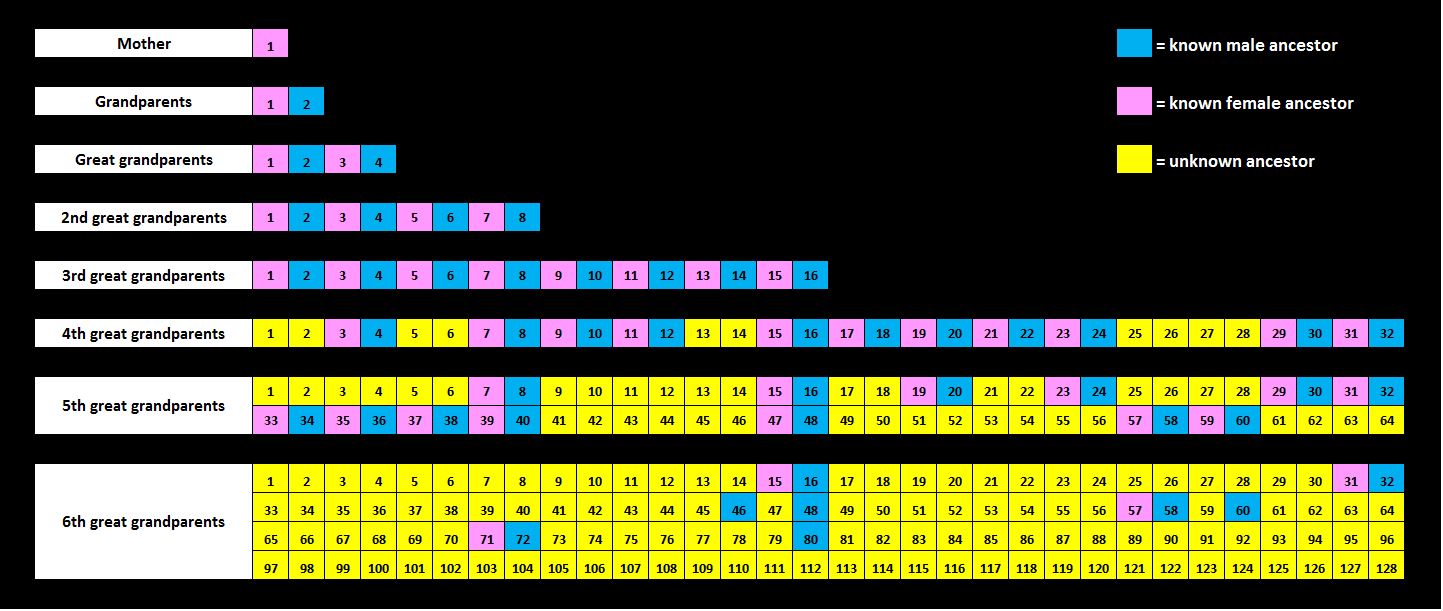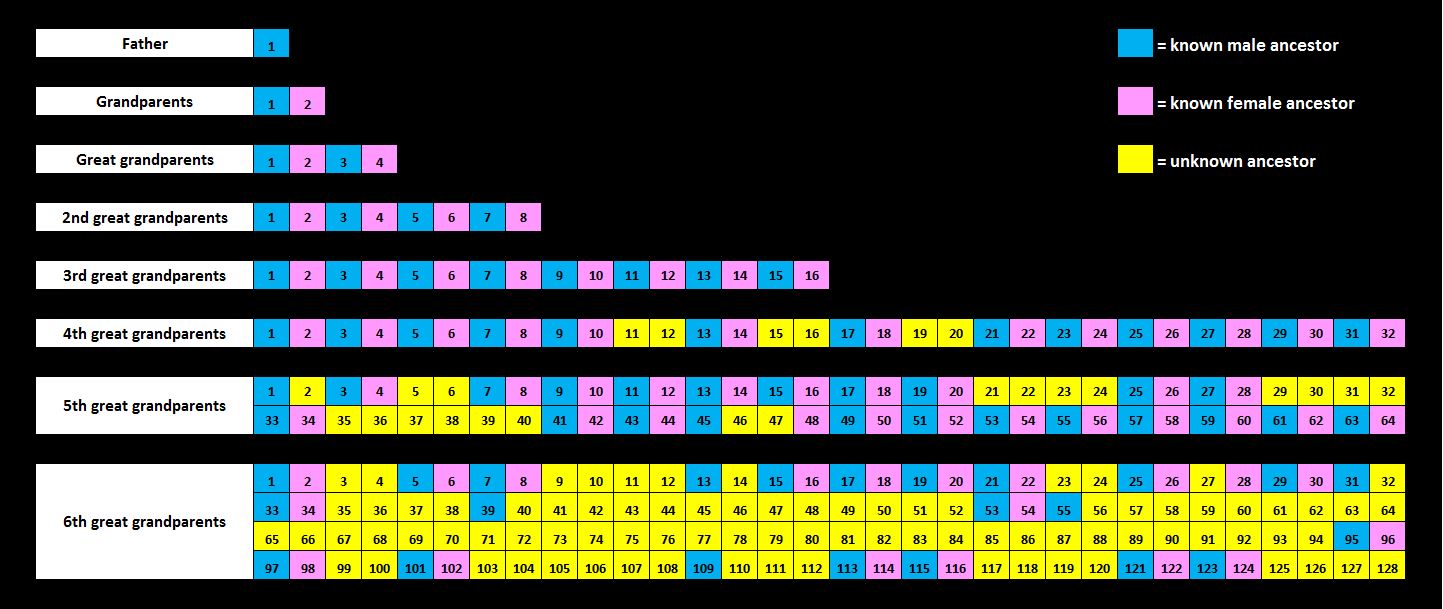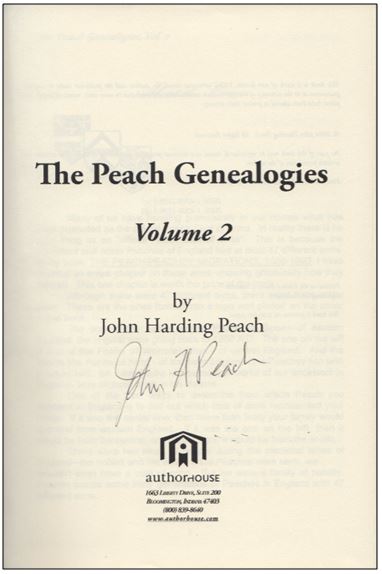Desperate times, desperate measures.
If you’re following this blog, you may remember my post entitled “Lydia’s Plight”. In it, I told of Lydia (Turbeville) Deason‘s failed attempt to secure her “fallen” son’s Civil War pension. Lydia is my 4th great grandmother. Her son, Milas Deason, was the Army bugler who went missing after the Confederate attack and massacre at Fort Pillow in 1864. The Army concluded officially that Milas had deserted his post; and, as such, neither he nor his dependents were eligible for a pension. Thirteen years later, his mother Lydia brought forth three “witnesses” to refute the Army’s claims and support HER conclusion: Milas had not deserted but had been captured and executed by guerrillas. Despite sworn affidavits from the three “witnesses”, the Office of the Commissioner of Pensions in Washington, D.C. ultimately rejected Lydia’s application.
Two the of the three “witnesses” – Benjamin M. Turbeville and Thomas Diggs – gave firsthand accounts of the execution itself; the third “witness” – George Dunn – described only the events leading up to Milas’ disappearance. By now you’re probably wondering why I continue to place quotation marks around the word “witness”.
It’s a matter of credibility and genealogy.
I am almost certain the Commissioner’s Office turned down Lydia’s application on the basis that her “witnesses” were not Milas’ superior officers. This requirement was outlined in their initial response to her. Not being able to secure testimony from officers, Lydia turned to the next best thing: testimony from two relatives and a soldier who didn’t actually see Milas get shot.
The first witness, Benjamin M. Turbeville, was Lydia’s nephew and my 1st cousin, 5x removed. An application clerk sitting in Washington, D.C. probably could not have known that Lydia’s maiden name was Turbeville. The second witness, Thomas Diggs, was not Lydia’s nephew. But he was the nephew through marriage of Lydia’s sister, Martha (Turbeville) Diggs. Both Benjamin and Thomas swore under oath that Milas had been shot and executed. They supposedly saw it happen. Hmm. Something is rotten in the State of Tennessee, methinks.
The third witness, George Dunn, was not related to Lydia that I know of. He was stationed at Fort Pillow and, as I’ve indicated, his testimony ended with Milas’ disappearance.
Lydia and her husband, John R. Deason, were elderly and poor when this application business came about. There’s no question they needed the money. They also had another mouth to feed given that they were raising their granddaughter, Effie Trantham. Desperation probably drove Lydia to convince her “nephews” Benjamin and Thomas to lie for her. She may have even promised them a cut of the pension. Who knows?
Have I mentioned that James Ray was the name of the court clerk in Weakley County, Tennessee who took Benjamin and Thomas’ testimony and prepared the affidavits? John R. Deason’s sister (or possibly cousin) was Jemima (Deason) Ray. If you’re going to commit fraud, why not involve as many family members as possible? Good grief.
Kenfolk: Tranthams
Relation: 4th great grandmother
Common ancestors: Lydia’s parents, James and Mary (Fitzhugh) Turbeville, are my 5th great grandparents


